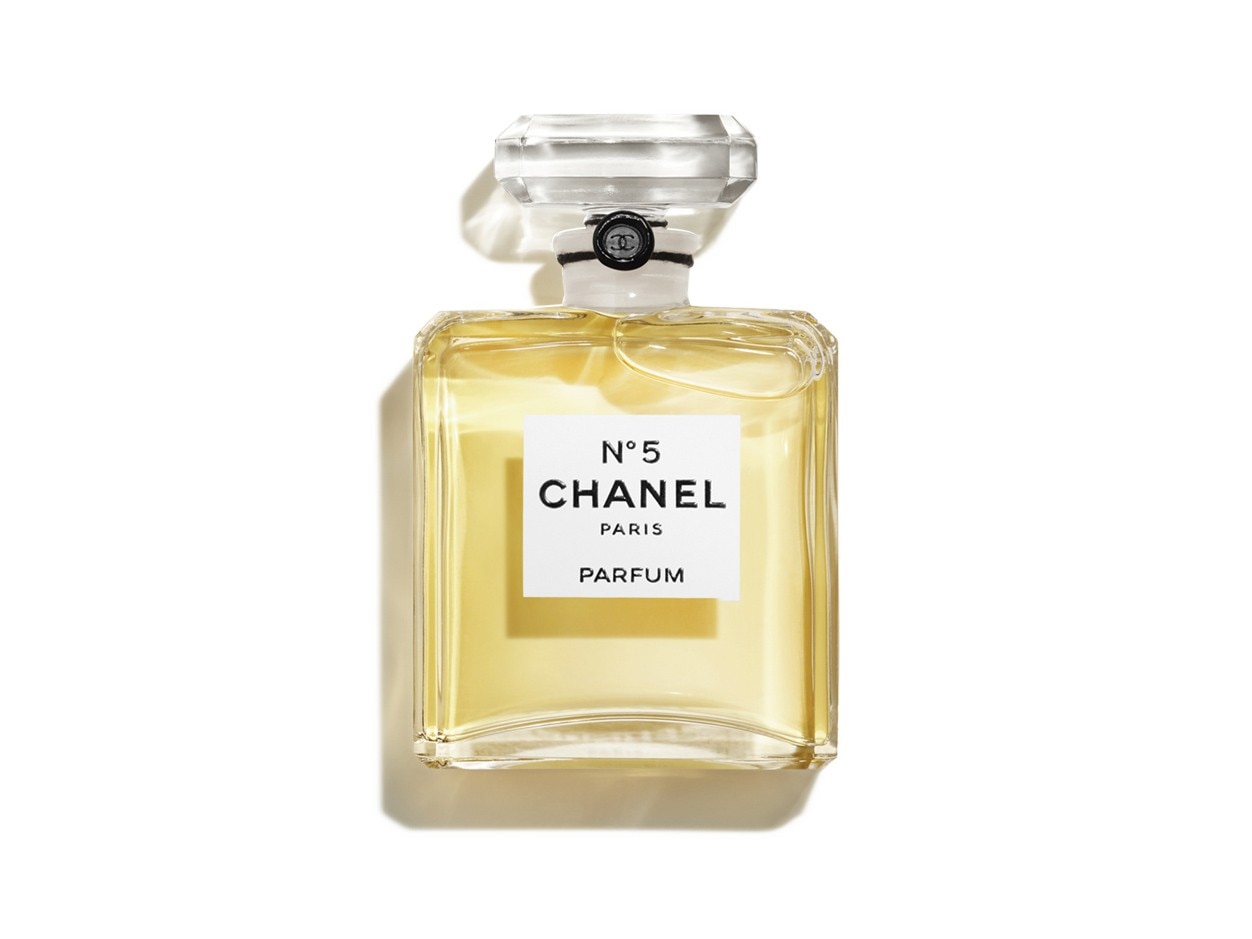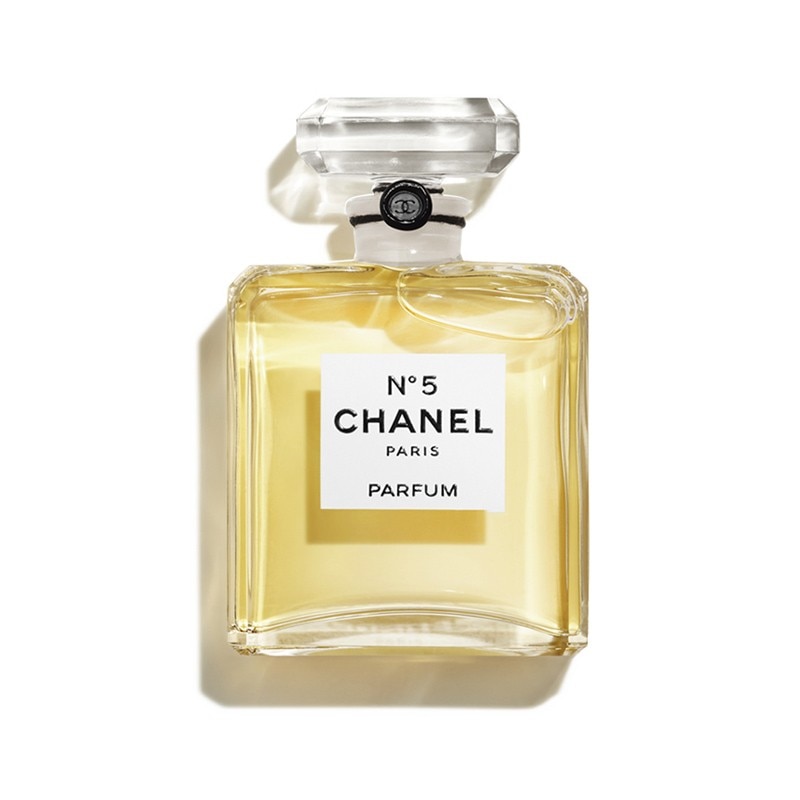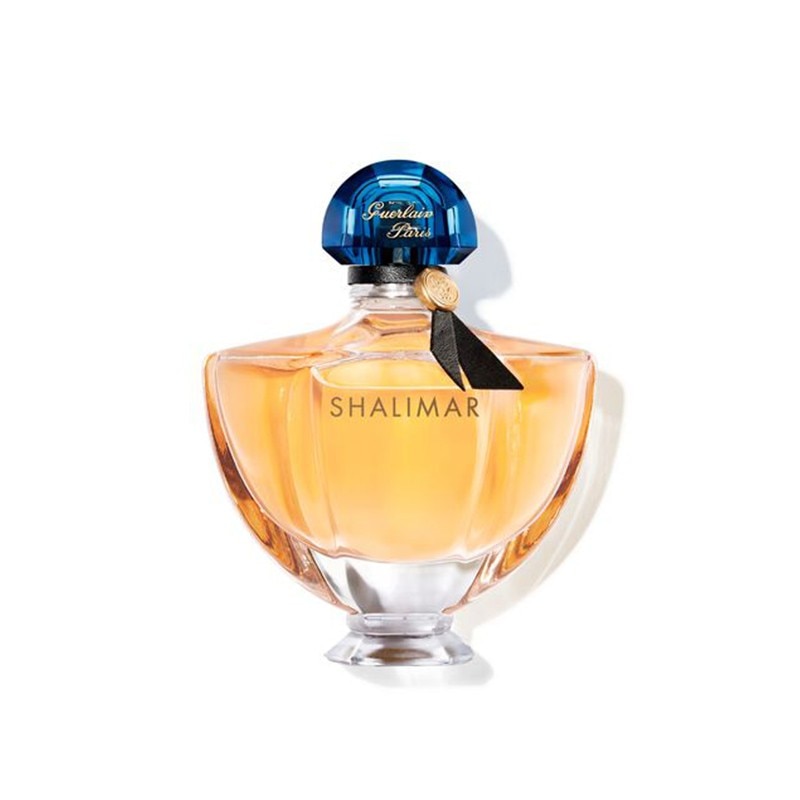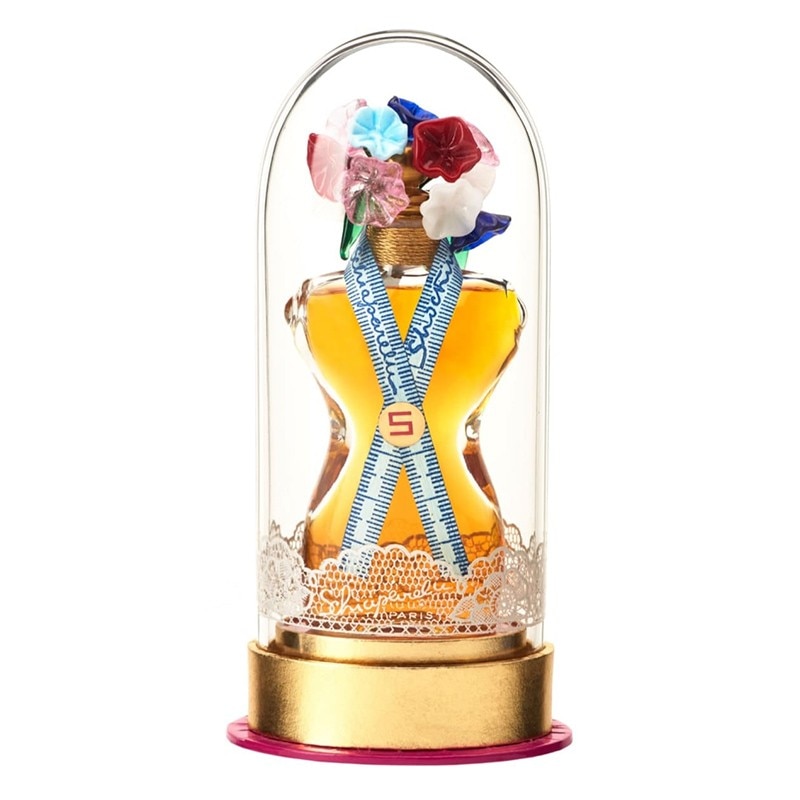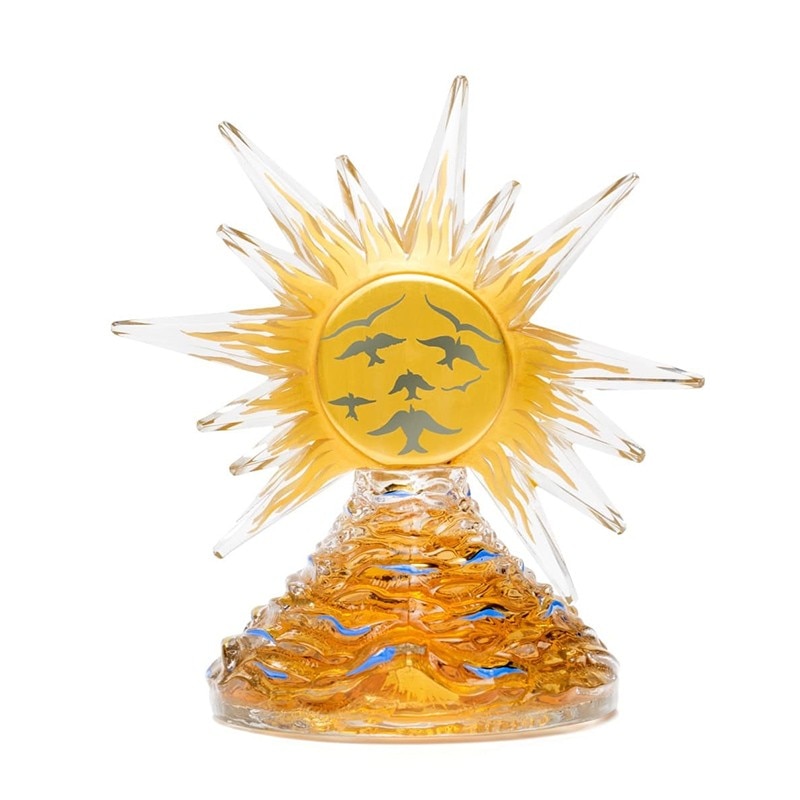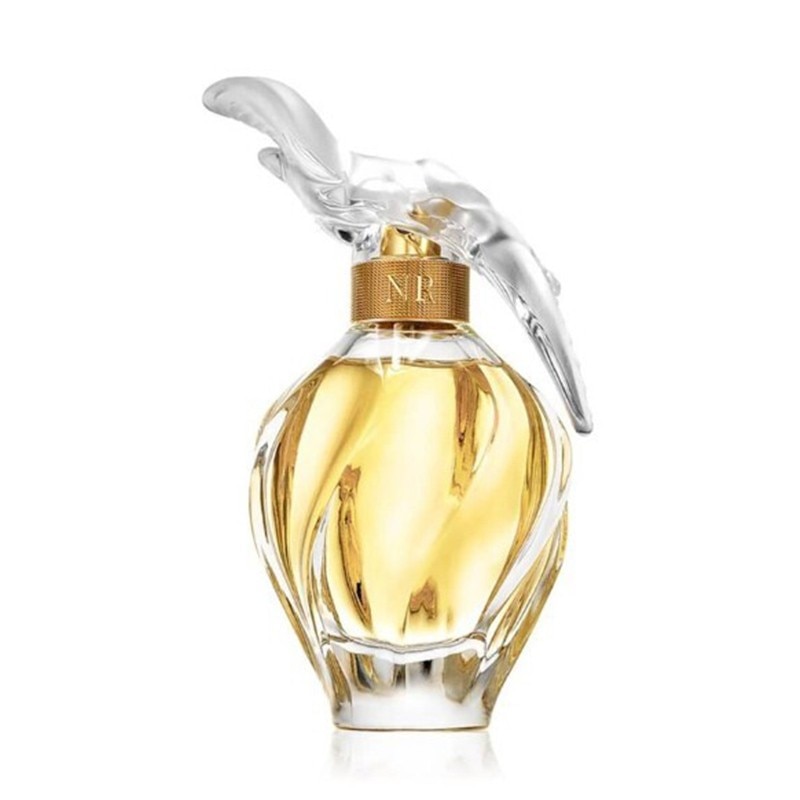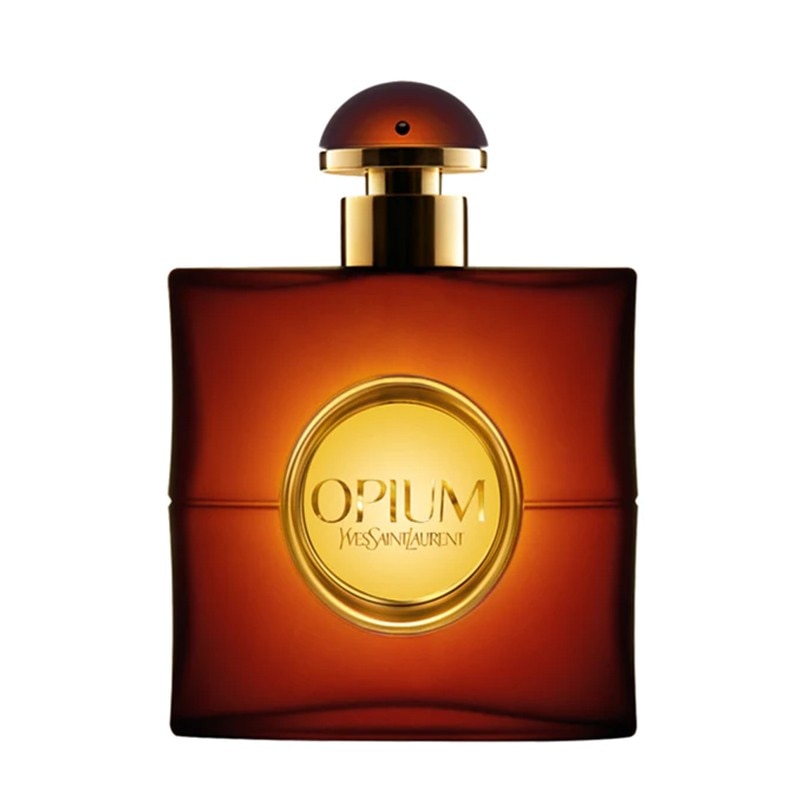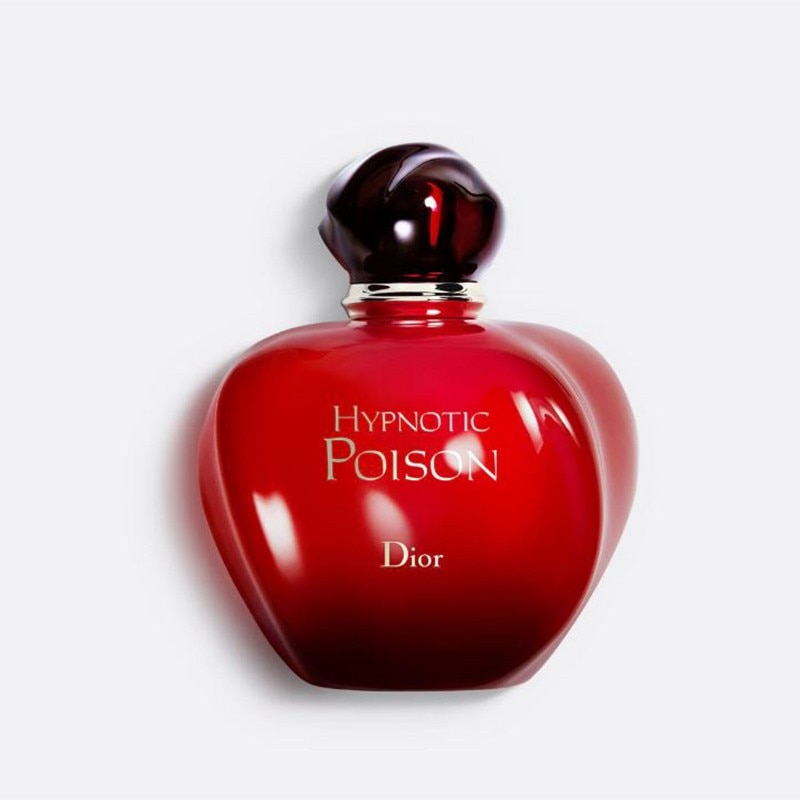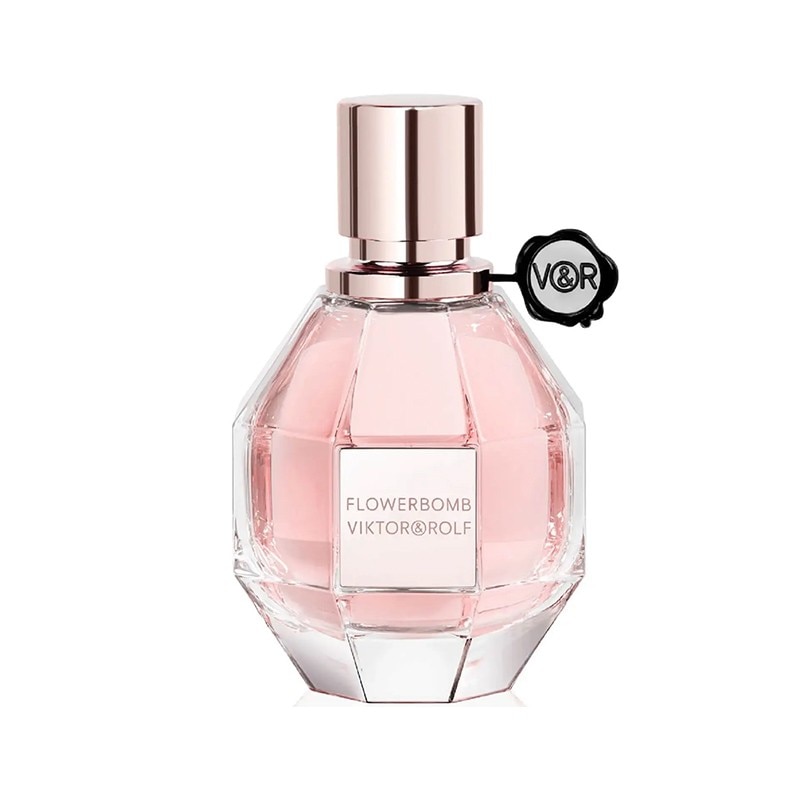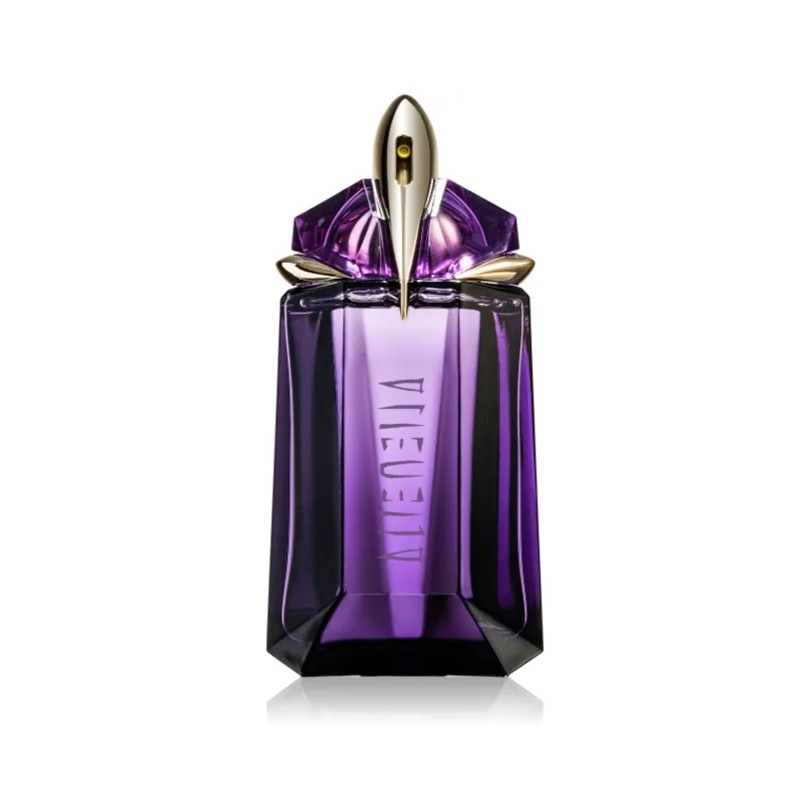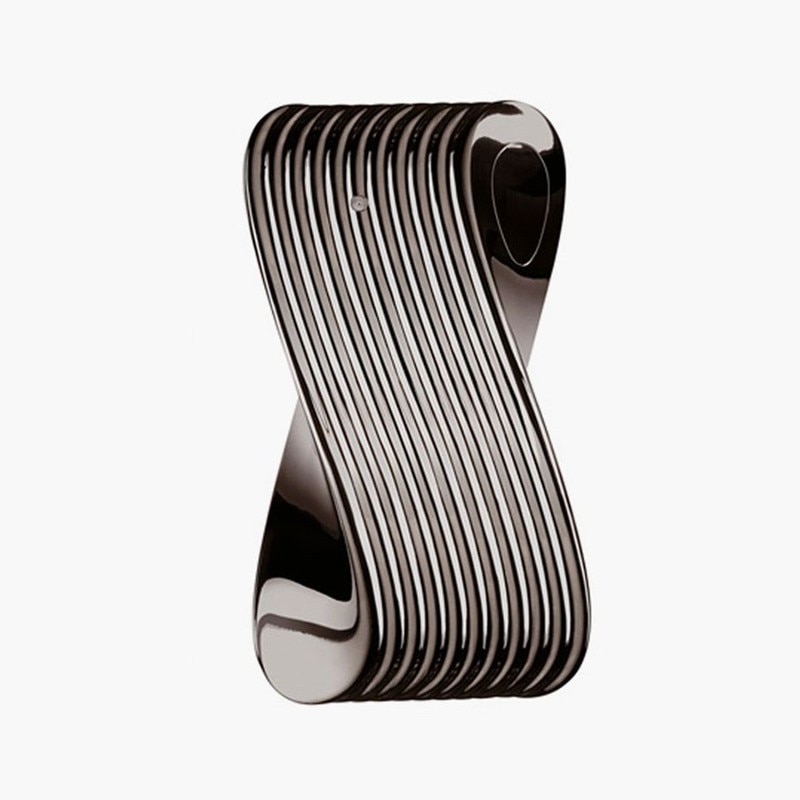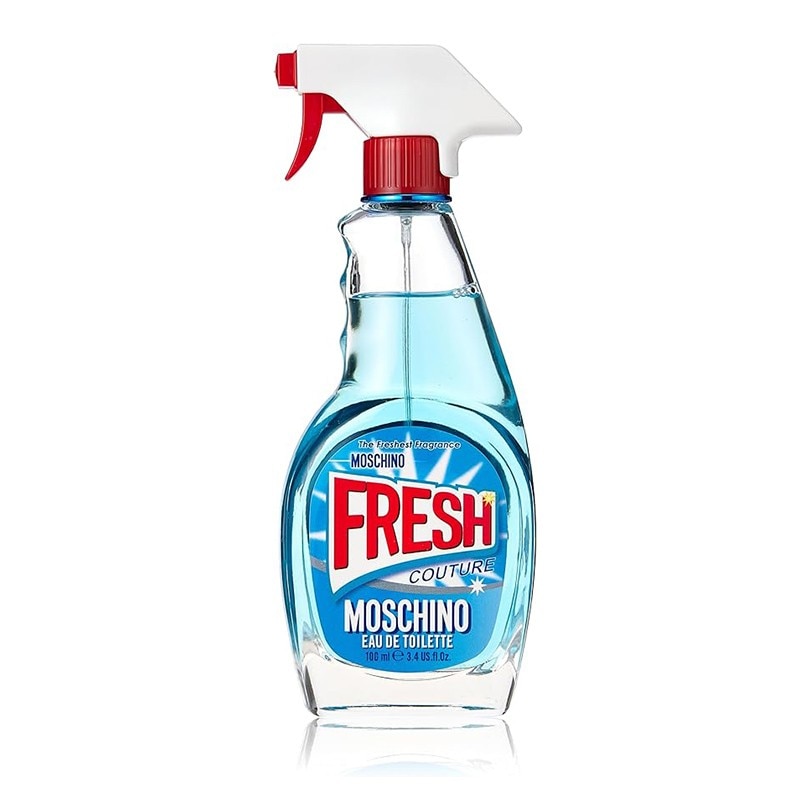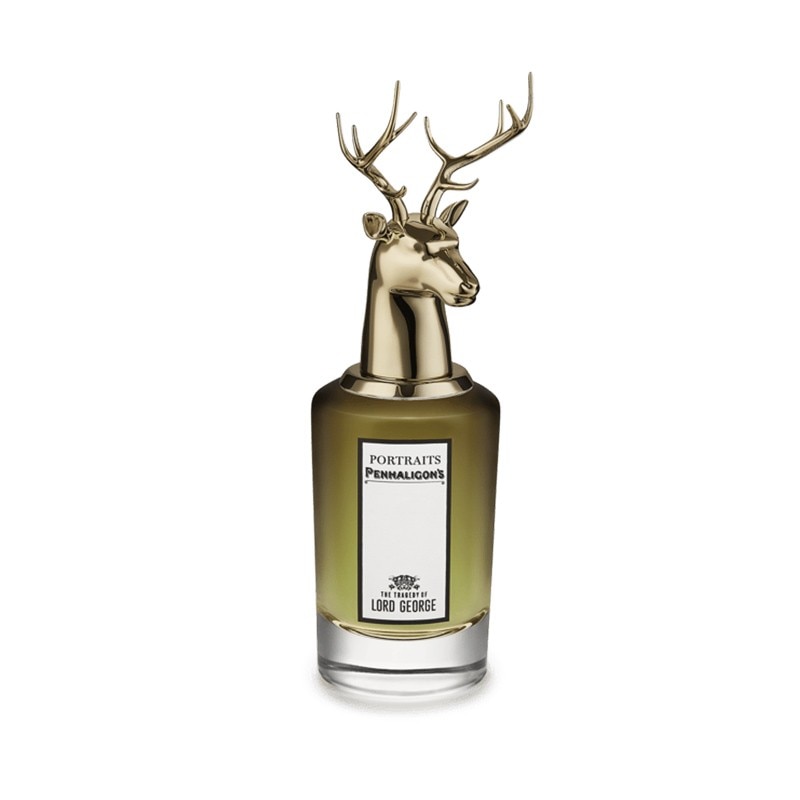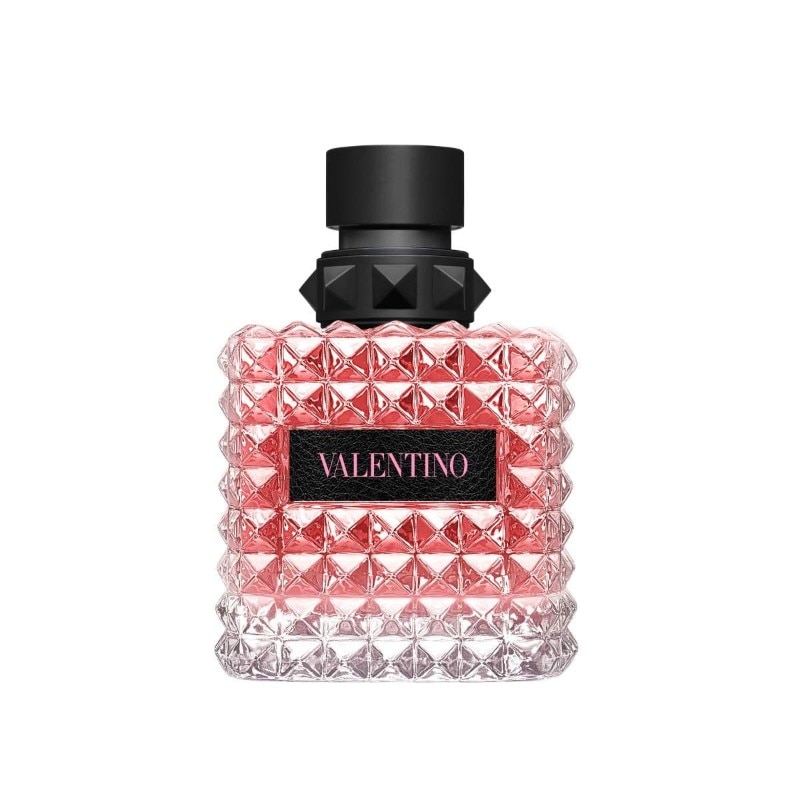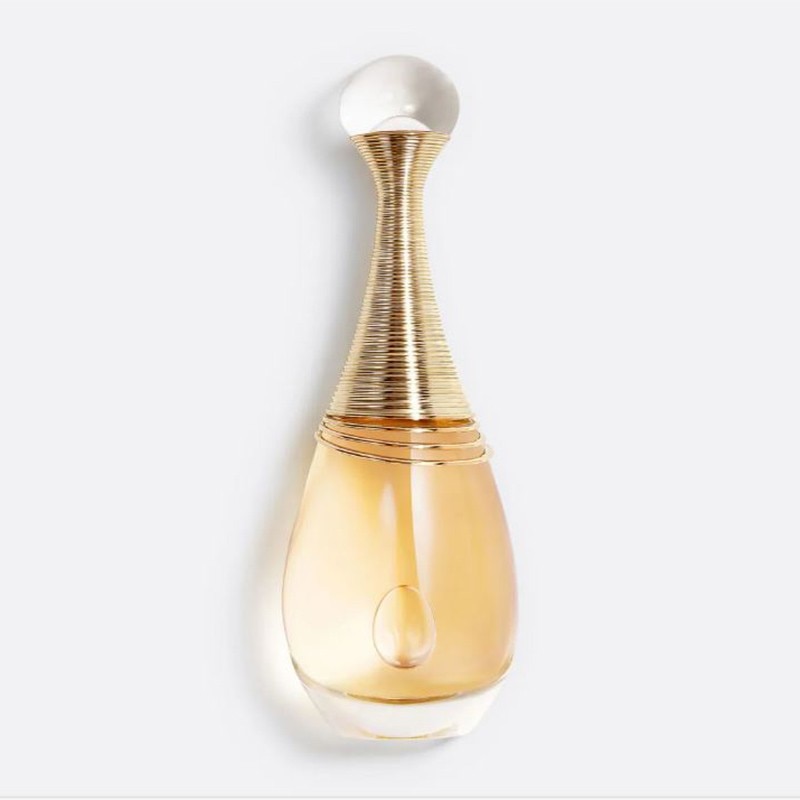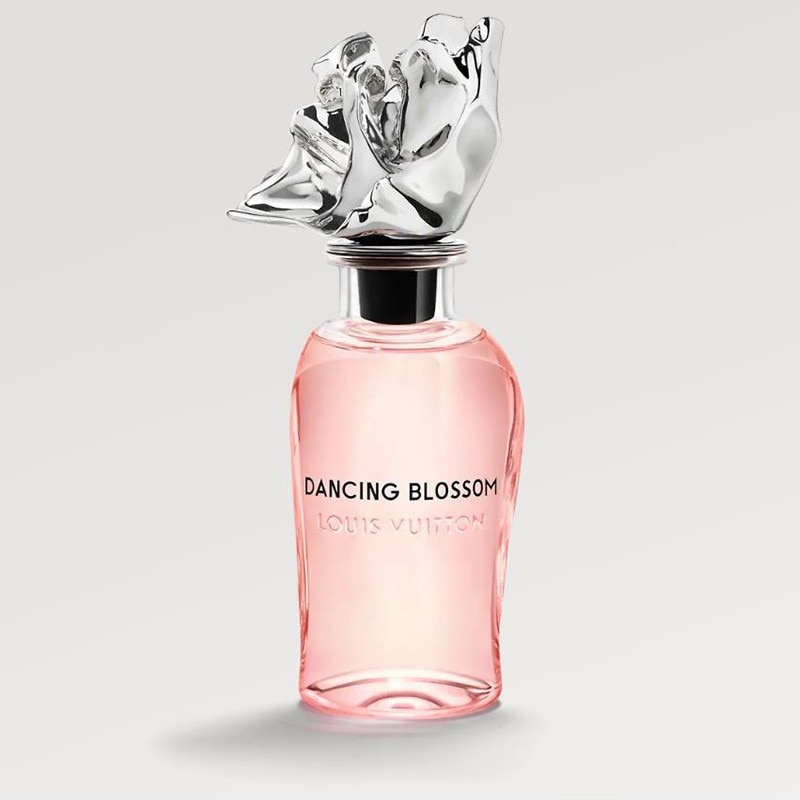Perfume bottles. They must awaken the senses; stir the subconscious. Through sight – and sometimes even though touch – they must trigger a sensory journey that starts from the eyes and the skin and reaches the nose. They can be called the most diverse names (bottles, flacon, ampoules, vials...). They can boast the most diverse shapes, colors, and materials. But they always have a common goal: igniting olfactory curiosity, offering a tantalizing glimpse of the essence they contain, the perfume they keep within. An aroma that from time to time can be intoxicating, sensual, intangible, evocative, and always leaves its mark.
As Guy de Maupassant said, “A perfume, over time, is a more vivid memory than a photograph.” For the nose has more memory than the eyes. Yet, it’s through visual allure that the journey to olfactory delight commences. Perfume manufacturers know this well, so much so that they sometimes devote as much attention to the design of the container as they do to the making and distilling of the contents. And the containers showcased in this article are proof of this: rare pieces, sometimes small jewels, as precious as the perfume they contain.


